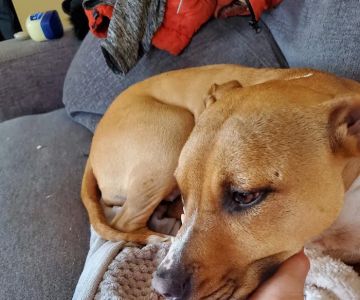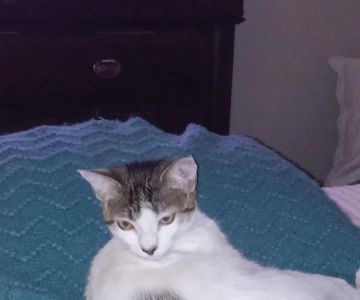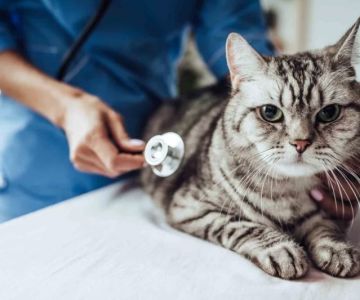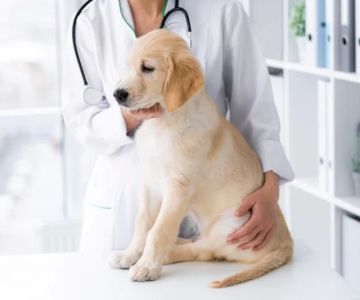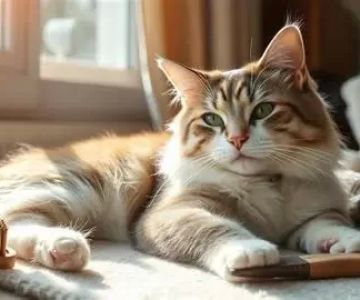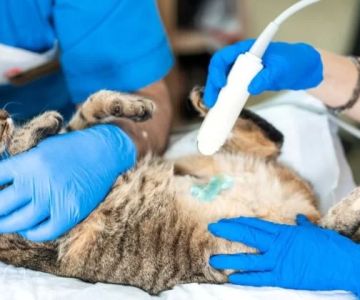- What-Is-Feline-Obesity-and-Why-It-Occurs
- How-to-Recognize-the-Signs-of-Feline-Obesity
- Health-Risks-Associated-with-Overweight-Cats
- Diagnostic-Steps-a-Veterinarian-Will-Take
- Safe-and-Effective-Treatment-Strategies
- Real-Life-Stories-from-Cat-Owners
- Long-Term-Management-and-Daily-Care
What Is Feline Obesity and Why It Occurs
Feline obesity develops when a cat gains excess body fat to the point that it begins to affect overall health. In the United States, it is one of the most common health problems in domestic cats, often due to a combination of limited exercise, excessive calorie intake, or underlying medical conditions. Indoor cats are particularly prone because they burn fewer calories throughout the day.
Pet owners often don’t notice weight gain at first. Cats naturally hide physical changes well, and fluffy breeds make it even harder to spot early shifts. That’s why understanding how feline obesity begins is essential for timely care. Veterinary professionals, such as those at Hidden Brook Veterinary, often remind pet owners that obesity isn’t just a cosmetic issue—it’s a health risk that needs proper attention.
How to Recognize the Signs of Feline Obesity
Recognizing feline obesity early makes treatment easier and more effective. Some signs can be subtle at first, but they become more noticeable over time.
1. Difficulty Feeling the Ribs and Spine
In a healthy cat, you should feel the ribs with gentle pressure. If these bones are difficult to locate due to excessive fat, your cat may be overweight or obese. This is one of the first physical indicators veterinarians evaluate.
2. Reduced Grooming Habits
Obese cats often struggle to reach certain areas of their body. Owners might notice matted fur, increased dandruff, or dry skin. A drop in grooming can also be a sign of discomfort caused by extra weight.
3. Less Interest in Play or Movement
When extra weight creates stress on joints and muscles, cats may lose their playful energy. Some owners interpret this as their cats “just getting older,” but decreased activity is a common early sign of obesity.
4. Visible Abdominal Sagging
While some cats naturally have a slight abdominal pouch, a larger hanging belly or significant swelling in the midsection is often linked to obesity.
Health Risks Associated with Overweight Cats
Obesity significantly impacts a cat’s long-term health. Increased body weight places extra stress on internal organs and joints, increasing the risk of multiple conditions.
Diabetes Mellitus
Cats with excessive body fat can develop insulin resistance, making diabetes one of the most common complications of feline obesity. Cats with diabetes require lifelong management, including special diets and monitoring.
Joint and Mobility Problems
Extra weight puts pressure on hips, knees, and the spine, leading to arthritis or general mobility issues. Some cats struggle with jumping onto furniture they previously reached with ease.
Respiratory and Heart Issues
The more weight a cat carries, the harder its body must work. Obese cats may experience breathing difficulties, intolerance to heat, or increased strain on the heart.
Liver Disease
One of the most serious risks is hepatic lipidosis, a potentially life-threatening condition that occurs when overweight cats stop eating abruptly. This condition requires immediate veterinary attention.
Diagnostic Steps a Veterinarian Will Take
When a veterinarian evaluates a cat for obesity, they look beyond body weight. Professionals consider diet, lifestyle, and underlying health issues.
Physical Exam and Body Condition Scoring
Vets use a body condition score chart to evaluate fat distribution. This helps determine the severity of obesity and assists in forming a personalized treatment plan.
Blood Work and Lab Tests
Blood tests help identify conditions like diabetes, thyroid issues, or metabolic disorders that may contribute to weight gain. These tests guide safe and effective treatment strategies.
Diet and Activity Assessment
Owners are often asked about food type, amount, feeding schedule, and treat frequency. Many U.S. cat owners don’t realize how much hidden calorie intake occurs throughout the day.
Safe and Effective Treatment Strategies
Treating feline obesity requires long-term commitment and patience, but cats respond well to structured, steady weight loss plans.
Veterinarian-Recommended Diet Changes
Specialized low-calorie or high-protein diets are often the foundation of treatment. A veterinarian may suggest prescription foods tailored to weight reduction while maintaining lean muscle mass.
Portion Control and Scheduled Feeding
Measuring meals accurately and establishing consistent feeding times can significantly reduce overeating. Free-feeding often contributes to weight problems, especially in indoor cats.
Encouraging Physical Activity
Exercise is a crucial part of feline weight loss. Interactive toys, climbing trees, and short but frequent play sessions help increase calorie burn. Many veterinarians emphasize creating fun environments that encourage natural feline behaviors.
Regular Follow-Ups
Routine weigh-ins allow the veterinarian to adjust the treatment plan. Hidden Brook Veterinary often provides structured weight-management programs to support owners throughout the process.
Real-Life-Stories-from-Cat-Owners
A cat owner from Oregon shared how her cat, Milo, started gaining weight after switching to indoor-only living. At first, she viewed Milo’s growing belly as “cute.” But when he stopped jumping onto the couch and began struggling with grooming, she sought help. After working with a veterinarian to create a structured plan, Milo lost weight steadily over several months and regained his playful spirit.
Another story came from a family in Florida whose senior cat, Nala, became overweight due to excessive treats and a slow decline in activity. With guided dietary changes and daily light exercise, Nala became more active and showed improved comfort walking around the home.
Long-Term Management and Daily Care
Managing feline obesity is an ongoing process, not a quick fix. Cats thrive on routine, so consistent daily habits help maintain healthy body weight.
Owners should monitor eating patterns, behavior changes, and physical activity. Creating an engaging home environment encourages movement, while balanced nutrition provides the necessary support for long-term health.
Veterinarians at Hidden Brook Veterinary can provide custom health assessments and guidance, ensuring each cat receives the right care at every stage of the weight-loss journey.


